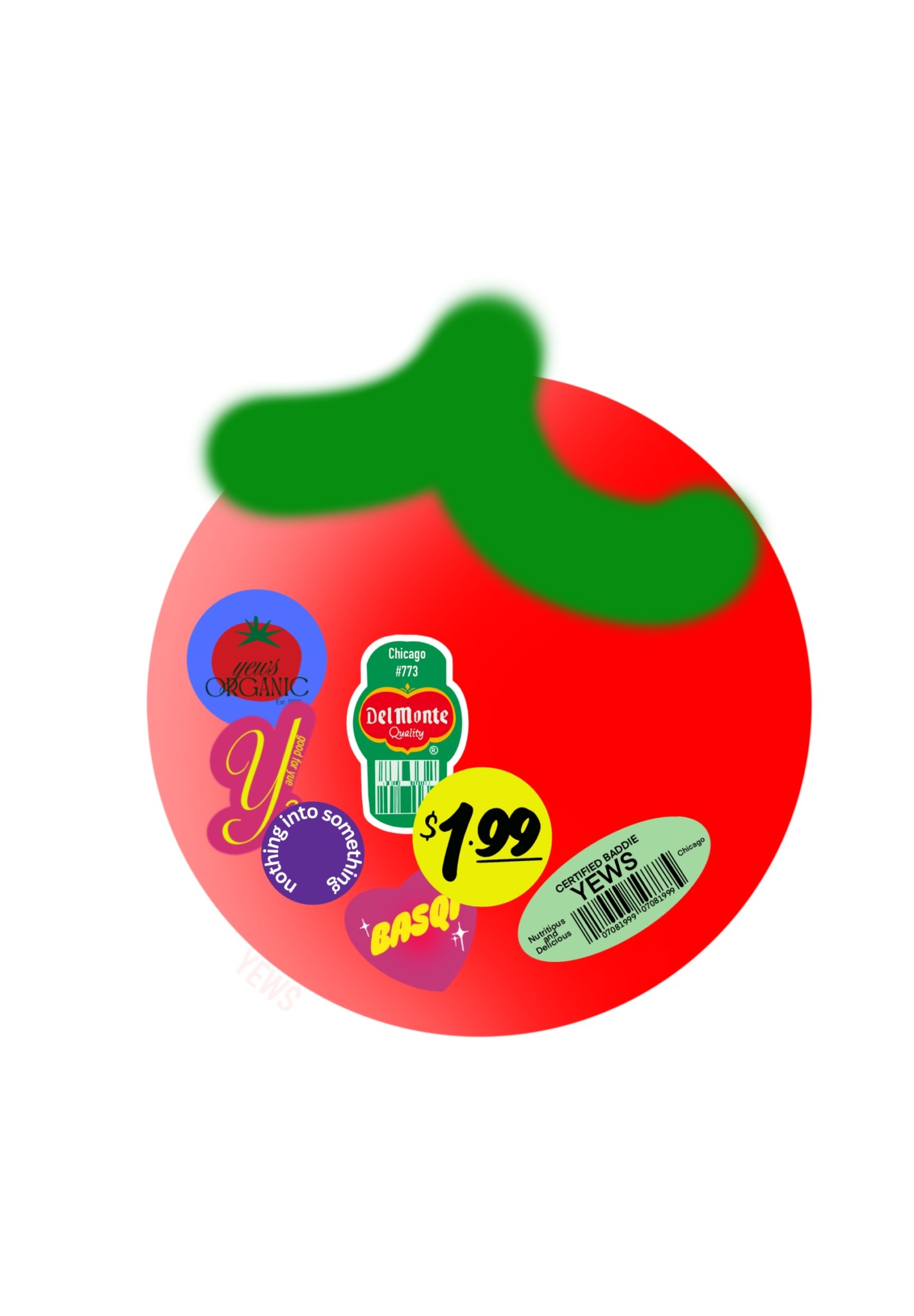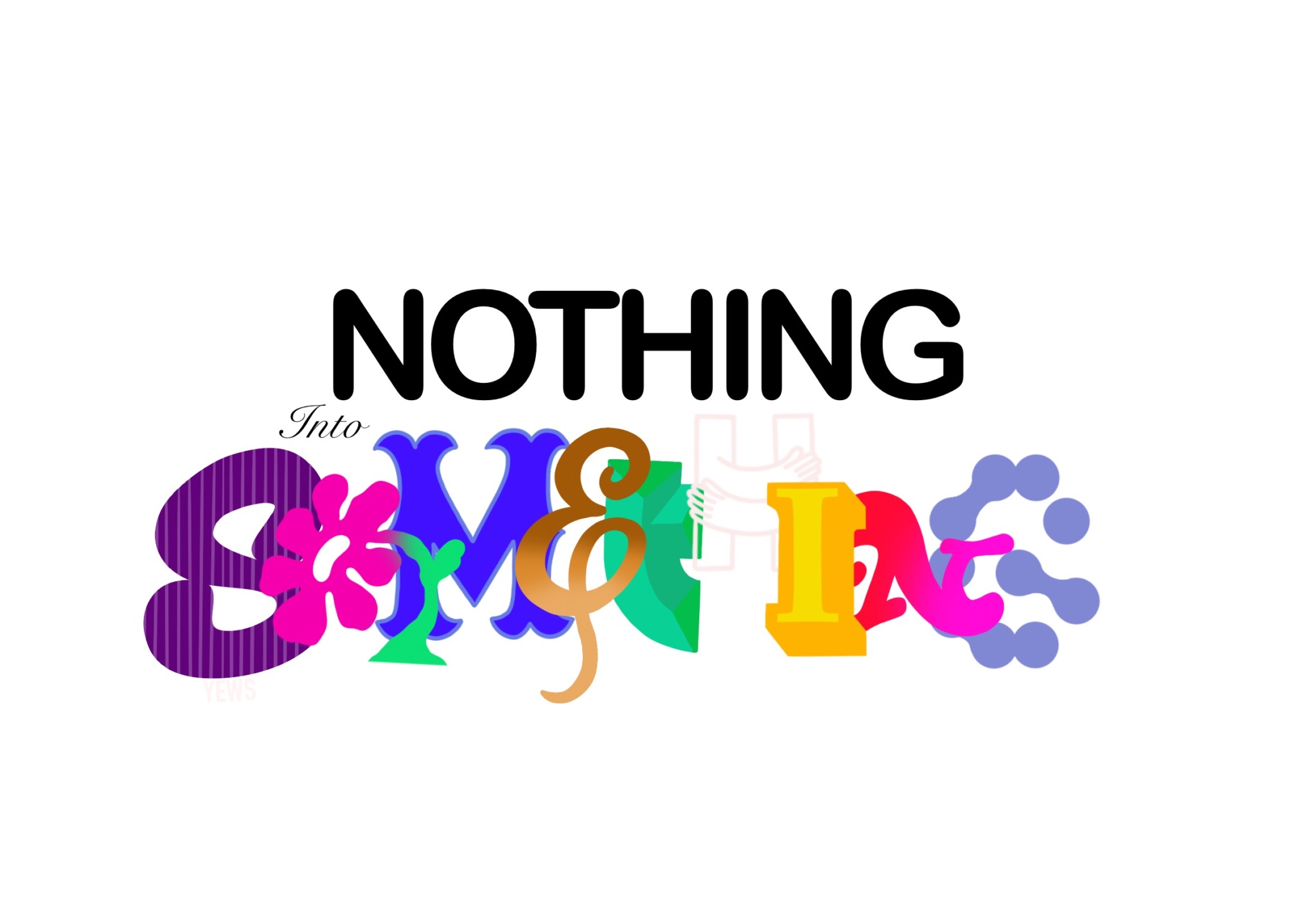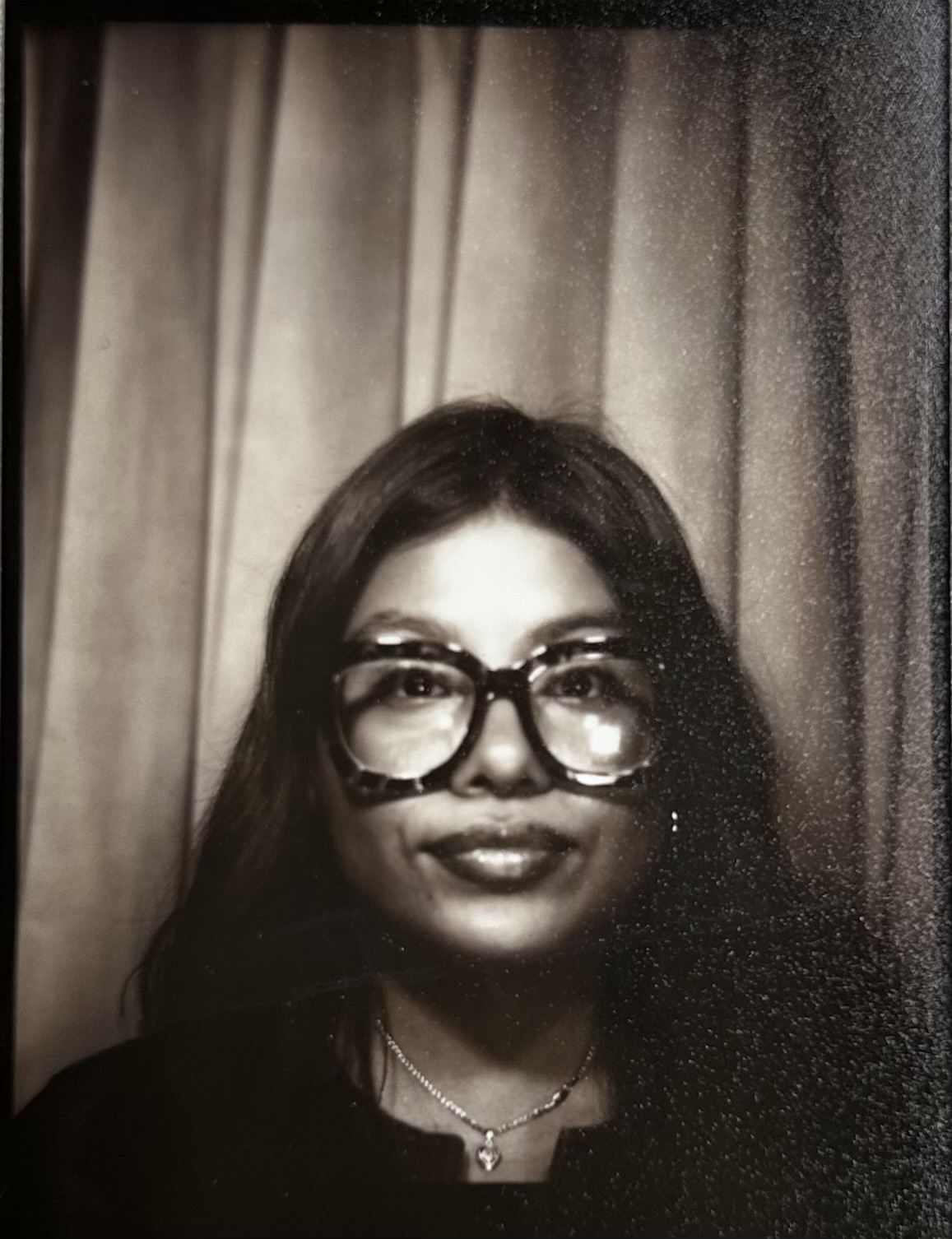We’re excited to introduce you to the always interesting and insightful Raquel Bustos. We hope you’ll enjoy our conversation with Raquel below.
Raquel, thanks for taking the time to share your stories with us today Can you talk to us about a project that’s meant a lot to you?
I am currently working on a project titled “Turning Nothing into Something,” which very quickly became something super meaningful and personally impactful. The practice is rooted in the transformative act of alchemy, making the personal choice to work exclusively with found, discarded, or donated materials, embracing what others consider waste as the raw potential for beauty, utility, and meaning. Each object I reclaim carries a history, a forgotten presence, and a chance for
renewal.
In a world overwhelmed by excess and disposability, my work challenges the boundaries between art, function,
and sustainability. I believe creativity can be a healing force—for the planet, for communities, and ourselves.
By giving new life to what has been cast aside, I aim to inspire reflection on our habits of consumption, while
also creating pieces that are not only visually engaging but serve a purpose in daily life.
This is more than recycling—it is a spiritual and artistic commitment to respect materials, honor their stories, and
make art that is accessible, grounded, and deeply human. Through this process, I hope to remind us all that
value is not inherent in things, but in how we choose to see, use, and care for them.
With a heavy emphasis on accessibility, why? One of my very first paintings was done with my mother’s makeup brush on a cardboard shoe box lid. This taught me that a creative mind can never be stopped, regardless of the tools or resources available. As an adult, I remember that day and feeling all the time, and I want to share that with all future creatives.

Raquel, love having you share your insights with us. Before we ask you more questions, maybe you can take a moment to introduce yourself to our readers who might have missed our earlier conversations?
I was first introduced to the art community through graffiti culture, where I fell in love with the energy and freedom of expression it offered. At first, I was drawn to letter structures and quirky messaging, but very quickly I realized that what really captivated me were good color combinations and patterns. Over time, I started blending these early influences with other design languages, pushing myself to create a new genre of art that lives at the intersection of graffiti, typography, abstraction, modernism, and clean design.
I am a completely self-taught artist; I have never taken any art-related classes. This shows in how and what I create. My creative process is very spontaneous and yet resourceful. A lot of times, I don’t have a detailed image of what I want the finished piece to look like; I just have a vague idea of certain materials I want to incorporate.
This is also what sets my work aside from others: the intentionality of sustainable materials and refined functional creativity.
For me, it’s not just about making something visually striking, but about ensuring that the work has integrity in its process and longevity in its form.
I’m most proud of how my work continues to evolve while staying rooted in that first spark graffiti gave me: freedom, vibrancy, and expression. For anyone who follows or collects my work, I want them to know that every piece carries both a story and a responsibility—a respect for the materials, the culture, and the community that helped shape my vision.

In your view, what can society to do to best support artists, creatives and a thriving creative ecosystem?
Structural Programs-Fund & expand fellowships, residencies, incubators that prioritize equity
Youth Outreach-Support creative education nonprofits serving underserved youth
Shift Value Systems-Treat art not as a luxury but as essential to civic life, health, and innovation.
Grassroots Support-Buy local art, volunteer, promote creative events—offer direct, everyday backing to artists
Access for All-Ensure marginalized communities have pathways into the arts and equitable access to opportunities.
At its core, a thriving creative ecosystem needs economic stability, cultural respect, and strong infrastructure. When artists are not forced into survival mode, they can innovate, inspire, and enrich society as a whole.

What’s the most rewarding aspect of being a creative in your experience?
The most rewarding aspect of being a creative has to be the process in itself. Creation becomes playful and experimental. Each creation is a time stamp of not just my skill level but a perspective and moment in my life. The intimacy of creating “something out of nothing” becomes a record of growth over time. Being self-taught, every ‘mistake’ often leads to the development of my own style. In short, the reward of making art as a living diary is the reward. Each piece is a time stamp of who I am and what I felt about the world around me.
Contact Info:
- Website: https://iluvyews.com
- Instagram: yueskeyluna




